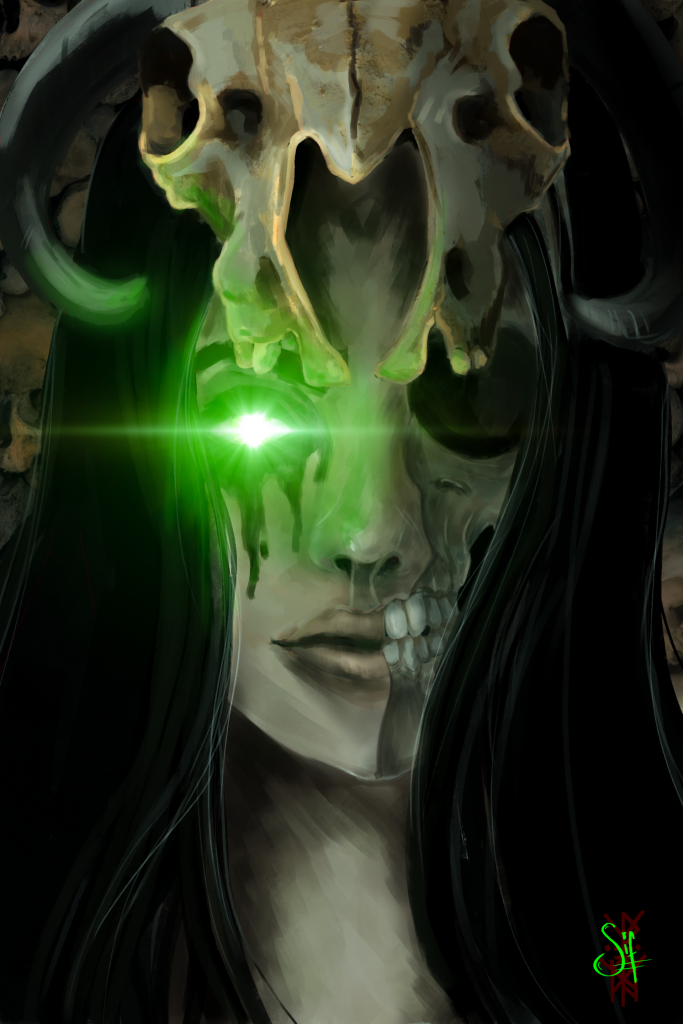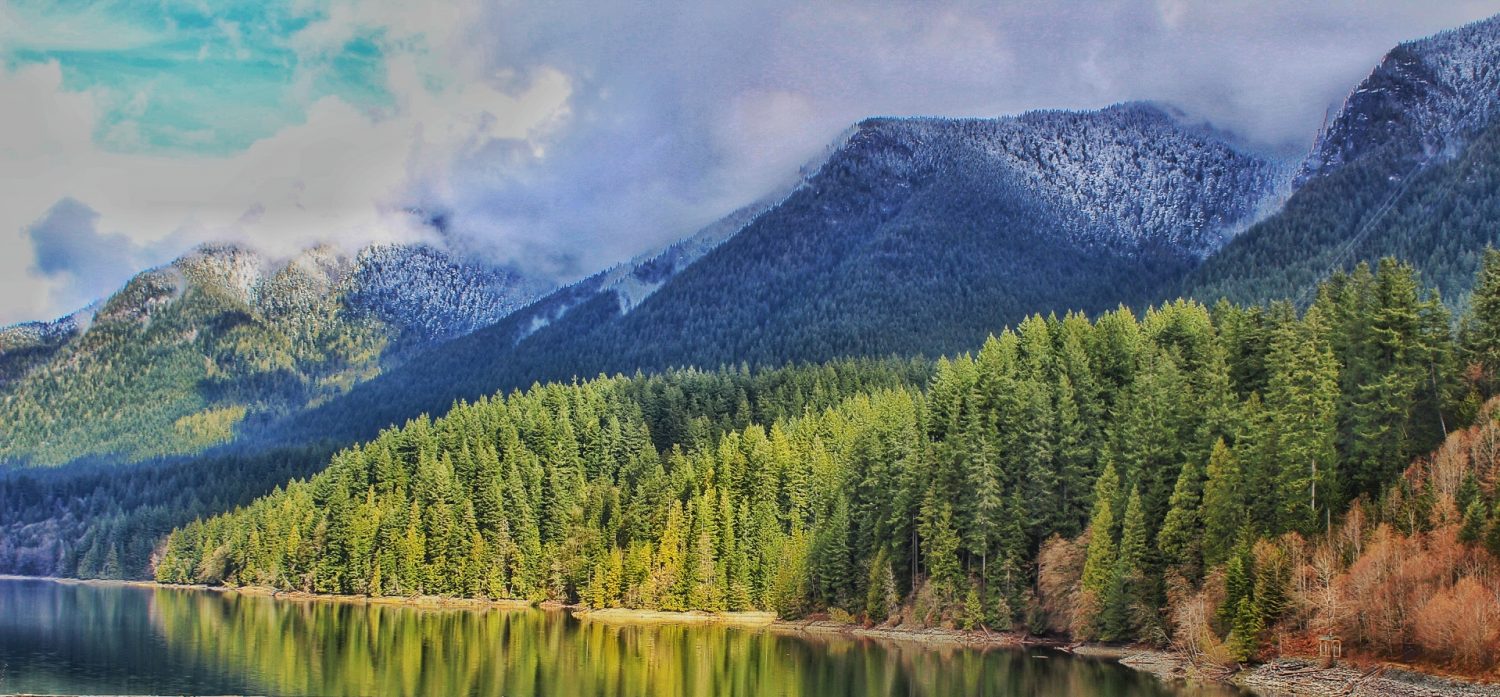Hail to the sister of the Wolf and the Wyrm,
The Daughter of Death, Mistress of the High Hall Éljúðnir,
Host of the Bright God, Host to our Ancestors.
Hail to the Protector and Guardian of the Cairn,
The Mother of the Dead.
Hel, the Hidden and the Concealed.
Thank you.

This is a time that many Heathens celebrate Winternights or, if we’re going by the Old Norse, Vetrnætr. It’s a time of being thankful for the harvest season, whatever bounties were reaped, and as a final pause before the winter fully descends. It’s a time of frith (essentially, peace), of warmth and festivities. It’s not typically associated with the ‘thinning of the veil’, as is the case with other pagan paths, but rather of a last hurrah before everyone shelters, the joy of the summer sun all but a memory – longed for once more.
Saying that, with the prominence of Halloween and Samhain equally, many modern Heathens (including myself), take the opportunity to align somewhat with the Wiccan Wheel of the Year and partake with the spooky. I know I personally take any opportunity/excuse to revel in my not-at-all-hidden love of horror and dead things and all that. So, I’ve taken to doing a dedicated ritual to Hel over the holiday. I worship her predominantly in my practice as it is, so it seems a natural fit to deviate from my “very-very-very-strict-only-historical-heathenry-thanks”* to formalise a ritual in honour of a goddess who is still sadly seen as peripheral and ‘other’ by many of my fellow Heathens.
I’ve found there’s an aversion to the dead and death in Paganism as a whole*1 – it’s a path that so often revels in life and the natural world that I understand entirely where this comes from. It’s seen by many as an antithesis. In Heathenry, at least, death is a complex thing. The early medieval literature that we have revolves around cycles, around birth, death, and rebirth. We have some elements that involve reincarnation, normally of royal bloodlines, and many Heathens believe that Ragnarök, if it’s a thing at all, is a recurring event. If we’re to see the literature as fact, then our gods can and do die, though clearly in ways that are different to our own mortal deaths. We have Valhalla/Valhǫll, Folkvangr/Sessrumnir, Hel’s halls, Ran’s hall, potential Bilskirnir, and a variety of other potential afterlives, with the prevailing image of our religion (from the outset looking in) as being one obsessed with a glorious death. If you follow a Heathen path you’ve probably heard that sentiment frequently- our gods are war gods, death gods, and so on. We can be a rowdy bunch, I will admit. But my Heathen friends are practically family, and the path is one defined by community, hospitality and appreciation.
But, for me, it is also one that fulfils at least some of the stereotypes. My practice is all death deities, all sigrmeyjar and vígmóðar ásynjur (victory maidens and slaughter-eager goddesses) all the time. And Thor. Got to love Thor. (Hail to the Thunderer!) Hel is a goddess I was drawn to immediately, and had been drawn to for some time, even before I became Heathen. Although still commonly villainised, it’s clear even from the literature of the ante and post-conversion world, that she was seen as fair, and took her duty to look after those who passed into her hall seriously. She’s a dutiful goddess, and has only shown herself to be equally caring and loving during my time worshipping her. She watches over many of our ancestors, welcoming all into her embrace. I’ve often written about how, to fully understand Hel, you must be able to see the quiet, understated, overlooked beauty of her realm. To be able to look at her commonly depicted visage (half decomposed or skeletonised) unwaveringly, and with total respect and love. It’s acceptance of what awaits all of us, as much as we are taught to fear it. That despite our grief, the absence of those we loved, the hurt we may feel, the absoluteness of that finality – when our time comes – is a part of life, as much as it is to breathe and laugh. Hel is a goddess of balance and peace. At least for me.
For me, Winternights is a time of being thankful, but it is also a time of remembrance. To pause before the winter and to remember those ancestors who enjoyed centuries of summers before me, and endured centuries of winters. Those who have passed into Hel’s embrace and continue to look over and guide me. I jokingly refer to this extended period as Hel-oween, and indeed chose that to be the title of this piece. It works alongside Samhain seamlessly.
On a final note, Hail to Hel, and thank you.
Sif Brookes
Pagan Federation LGBTQIA+ Manager
–
*knowing full well that a) this is impossible, and b) I also worship deities that we don’t have a lot of historical precedence for….cough.
*1 I say this knowing that this is far from a Pagan aversion, but rather a fact of being human in the modern day. Death is the opposite of our experience, something we see as a common fear in others. That’s getting a little dark for this piece though, so let’s move on.
